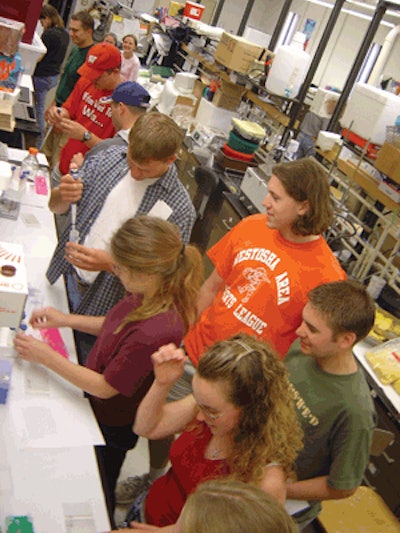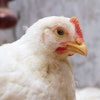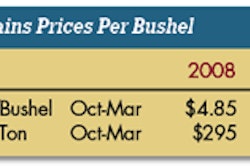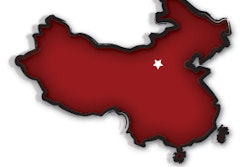
Poultry science programs in many universities have been under siege for decades. Looking to cut costs, universities in several states merged poultry science departments with animal science departments and the option of a major, and in some cases even a minor, in poultry science disappeared.
While universities across the country have been affected, the land grant institutions in the upper Midwest suffered the most; there are no poultry science departments in 13 Midwestern states.
No poultry science programs meant no graduates with the specialized training that the poultry industry wanted. In the mid-1990s, poultry companies in the upper Midwest decided that action was required to ensure that students in their states would have access to poultry science training at the university level.
"The Midwest Poultry Consortium was formed because poultry companies couldn't get employees with the kind of training that they wanted them to have due to the lack of poultry science programs," said Jon Docktor, associate director, MPC. Poultry companies and land grant institutions in North Dakota, South Dakota, Nebraska, Kansas, Colorado, Iowa, Wisconsin, Michigan, Minnesota, Illinois, Indiana and Ohio joined forces and created a "virtual poultry science department" and the Center of Excellence (COE) scholarship and internship program.
Class is in session
The goal of the COE is to enhance poultry science education in MPC member states and ensure the availability of qualified poultry graduates for employment within the poultry industry. Up to 32 students a year are awarded scholarships which pay full tuition and housing for the summer sessions held at the University of Wisconsin, Madison. COE scholarships are funded by MPC member companies. The complete program consists of six three-credit-hour courses which are broken into two distinct three-course, six-week summer sessions. The program can be completed in two summers. Credits are transferable to a student's home university.
COE classes are taught by professors from MPC member universities and industry experts. The courses are hands on, providing a combination of state-of-the-art labs, interactive classroom lectures and discussion, and field trips. Jenna Larson, student coordinator, MPC, said that students can participate in an internship for the remainder of the summer after the six-week session, and that some students particpate in internships at other times during the school year.
Larson said that 12 to 16 students graduate from the program each year. Students can begin applying for the summer 2009 program in September 2008. She said in the past around 50 percent of applicants have been accepted. In 2005, the University of Florida, which does not have a poultry science department, and the Florida Poultry Federation joined the COE as part of a pilot program.
Supporting research
At universities that no longer have poultry science departments, as professors who specialized in working with poultry retired, positions were sometimes eliminated or filled by researchers who worked with other species. Fewer researchers specializing in poultry meant less poultry research. After establishing the COE, MPC set its sights on trying to support poultry research at member universities. Docktor said MPC approached Congress to see if USDA funding could be appropriated for an MPC research program. He said that congressional staffers on the Agriculture Appropriations Committee told them that MPC would have a better chance of getting funds from Congress if they could get matching funds from industry.
The Midwest Poultry Research Program (MPRP), established in 2001, is a public/private program whose goal is to improve efficiency and sustainability of poultry production through integrated, collaborative research and technology transfer. Funding for MPRP is distributed competitively with at least 20 percent going to research projects on turkey, broilers and layers, respectively, and the remaining 40 percent on projects of critical need to the industry.
What makes MPRP unique is the company-match provision. Researchers are encouraged to submit applications with at least a 25 percent cash match from industry already secured. Also, MPC member universities do not charge overhead on these research projects.
Through the 2007 allocation, MPRP has contributed more than $3.4 million to poultry research efforts. According to Docktor, MPRP is looked upon favorably by Congress due to the roughly 40 percent cash match from industry. He said MPRP is still the only research program of its kind in the country.


















